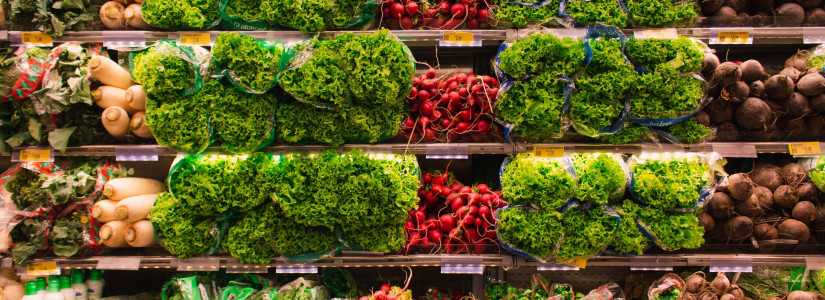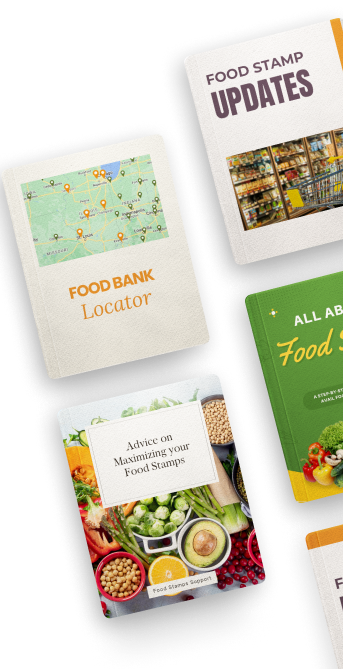A Little History about the Food Stamp Program
The Food Stamp Program is a program that provides assistance to low-income families.
The program was established by President Lyndon Johnson in 1964 as part of his "War on Poverty."
The USDA estimates that more than 60 million people receive assistance each month, and it continues to grow each year. The program helps low-income families make ends meet each month by providing them with food and other necessities.
To qualify for the program, you must be at least 60 percent below the federal poverty level. Compared to other types of government stimulus spending, food assistance benefits the economy more. For every $1 billion in food stamp benefits, an additional $1.5 billion is generated in economic activity. The resulting jobs create an estimated 13,560 jobs. That's a pretty good return on investment for a program that helps millions of low-income families.
The government's food stamp program is not corrupt or filled with waste, fraud, and abuse. In fact, it reaches the most vulnerable people in our society. In addition to removing the purchase requirement, the Food Stamp Act of 1977 made significant changes to the Food Stamp Program. The law eliminated the purchase requirement, which had depressed participation in the program.
The new law also excluded imported foods, as well as tobacco and alcohol purchases. It also eliminated the requirement that food stamp participants supplement their coupons with cash. Finally, the law imposed a 30 percent rule on net income. By expanding the program, more people have access to nutritious foods, while many more are being overlooked.
The Food Stamp Program was created in 1939 to align growing food surpluses with low-income people's needs. It grew from a commodities distribution program called the Federal Surplus Relief Corporation. The Federal Surplus Relief Corporation's purpose was to provide domestic consumption of food surpluses to those in need. As a result, people receiving public assistance bought orange stamps for $1 each. The orange stamp was good for one dollar for the same amount of food they would normally spend monthly.
The program was established by President Lyndon Johnson in 1964 as part of his "War on Poverty."
The USDA estimates that more than 60 million people receive assistance each month, and it continues to grow each year. The program helps low-income families make ends meet each month by providing them with food and other necessities.
To qualify for the program, you must be at least 60 percent below the federal poverty level. Compared to other types of government stimulus spending, food assistance benefits the economy more. For every $1 billion in food stamp benefits, an additional $1.5 billion is generated in economic activity. The resulting jobs create an estimated 13,560 jobs. That's a pretty good return on investment for a program that helps millions of low-income families.
The government's food stamp program is not corrupt or filled with waste, fraud, and abuse. In fact, it reaches the most vulnerable people in our society. In addition to removing the purchase requirement, the Food Stamp Act of 1977 made significant changes to the Food Stamp Program. The law eliminated the purchase requirement, which had depressed participation in the program.
The new law also excluded imported foods, as well as tobacco and alcohol purchases. It also eliminated the requirement that food stamp participants supplement their coupons with cash. Finally, the law imposed a 30 percent rule on net income. By expanding the program, more people have access to nutritious foods, while many more are being overlooked.
The Food Stamp Program was created in 1939 to align growing food surpluses with low-income people's needs. It grew from a commodities distribution program called the Federal Surplus Relief Corporation. The Federal Surplus Relief Corporation's purpose was to provide domestic consumption of food surpluses to those in need. As a result, people receiving public assistance bought orange stamps for $1 each. The orange stamp was good for one dollar for the same amount of food they would normally spend monthly.












